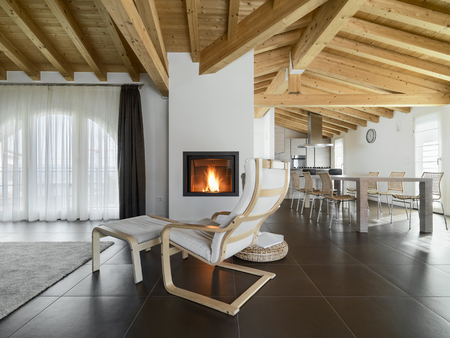
If you are looking to add an elegant styling and timeless home upgrade to your design, you probably have considered adding tile. Tile works well in bathrooms, foyers, kitchens, laundry rooms, patios, and so many other areas. It has a certain pristineness which can help improve your environment. But remember, not all tiles are made alike. With a large selection of different makes, styles, colors, patterns, and styles, finding the perfect tile for your home can take some time. Some sizes can work better in different environments depending on what you are looking to accomplish. To help, we break down some of the most popular uses and applications for some of the most common tile sizes. Let’s take a look!
8×8
The traditional 8×8 tile was the most commonly used floor tile. Using small tiles means fewer complex cuts are needed in each tile. You can use 8×8 tiles in tight areas, where toilets or pipes demand harder cuts. This size used to be a very common sized tile, but now due to demand, these tiles are slowly fading off the market as larger tiles take their place.
12×12
This symmetrical tile has recently been replacing the original 8×8 tiles. A common rule of thumb is never to let your wall tiles be larger than your floor tiles. Using 12×12 can allow mosaic backsplashes to really make an impact on a room. Neither too big nor too small, 12×12 is a great standard tile size to resort to in almost any room in your home.
18×18
Large tiles can be facilitated in spaces to make a small room feel bigger. If the room is too small; however, it may make the room look busy. Consider adding these in foyers or entryways in your home. Larger tiles may need some more complex cuts and do not work in every atmosphere.
12×24 or 9×36
Asymmetrical tiles are very common. These plank styled tiles can create direction. Using these in hallways or corridors can amply the visual length of the space. These can also be used to create unique patterns like herringbone. Planks can also be used in larger rooms to impact different areas. Try using them to border the room with carpet or create other unique styles in living rooms or dens. Some of these asymmetrical shapes also work wonders in front of fireplaces as well.
No one tile size fits all. Find the style which you like and consider the dimensions. Cuts and flow are also essential elements to consider. If you have multiple tiled rooms in your home, you do not want it to feel too busy. Consider the harmony between the tiled rooms and how they complement one another.

Leave a Reply